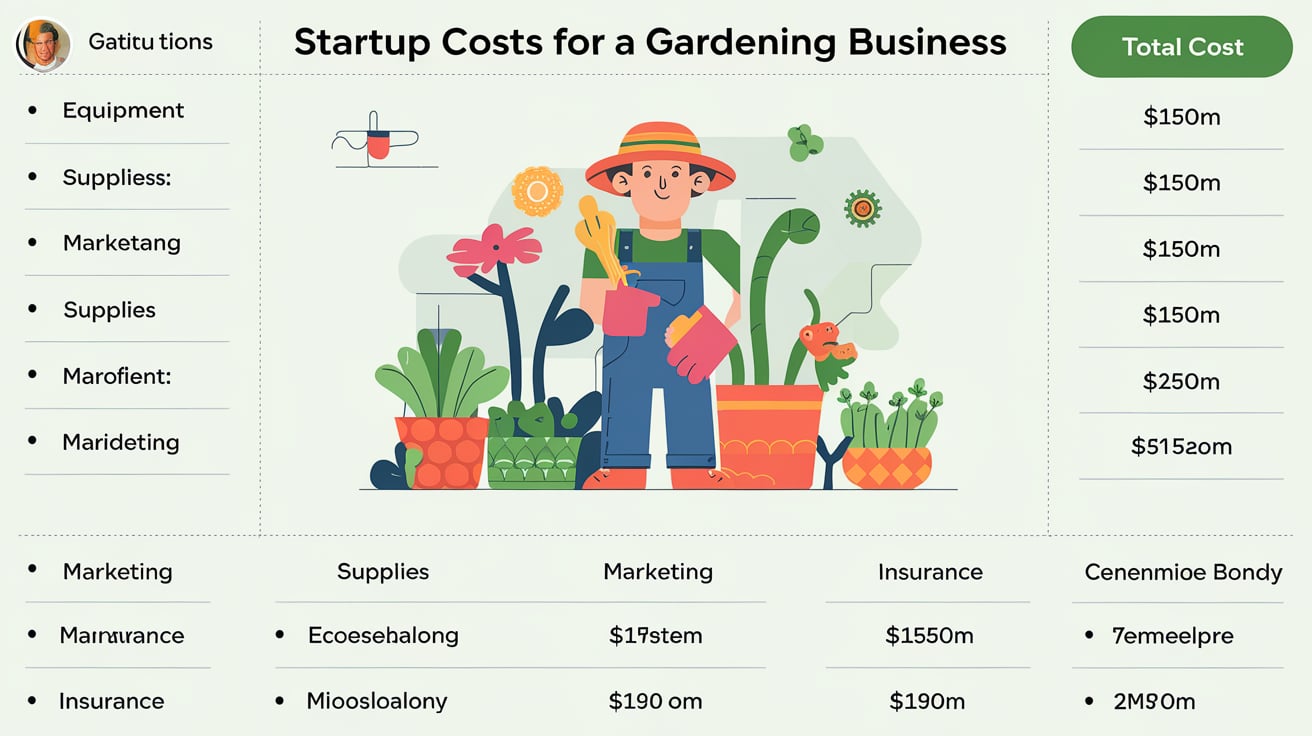Are you an artist looking to make some extra income? Have you considered teaching painting classes? Teaching art skills can be a great way to diversify your revenue stream and connect with art lovers. But can teaching painting classes make money? In this article, we’ll explore the pros and cons of teaching your art skills online and offline, and provide tips on how to make money by teaching art. Read on to find out more.
Can Teaching Painting Classes Make Money? 20 Solid Ways.
Yes, teaching painting classes can make money. Here are 20 ways to make money by teaching painting classes:
- Create and sell art tutorials online
- Host online art classes
- Offer tickets to online art classes
- Teach painting classes in-person
- Host wine and paint nights
- Teach Bob Ross-style painting classes
- Offer private painting lessons
- Teach art classes to children
- Teach art classes to adults
- Host art workshops
- Teach art classes at community centers
- Teach art classes at schools
- Teach art classes at senior centers
- Teach art classes at libraries
- Host art retreats
- Teach art classes on cruise ships
- Teach art classes at summer camps
- Teach art classes at corporate events
- Sell your own art at the classes you teach
- Sell art supplies to your students
These are just a few of the many ways to make money by teaching painting classes. By combining different methods and being creative, you can create a successful art business and generate income doing what you love.
Teaching Art and Craft Classes for Profit
To make money teaching art and craft classes, I recommend starting locally first to build a student base and reputation. Offer classes at local community centers, schools, libraries, or churches and promote through social media and flyers.
Make sure to set competitive rates and provide all necessary supplies and tools for each class. Once established, I can expand by offering private and group lessons, kids’ classes, parties, and online tutorials. Focusing on trendy projects and seasonal themes can help fill classes.
2. Starting a Lucrative Art Lesson Business
As an artist, I can start a lucrative art lesson business by first getting teaching experience through local classes or an online platform like Skillshare. I should focus on developing engaging, structured curriculum and useful teaching materials.
To attract students, I can leverage social media, build a website, offer free previews or art tutorials, and partner with local shops. I can offer both group classes and higher-priced private lessons. Satisfied students who develop skills and enjoy the classes are likely to return and refer others.
3. Teaching Painting for Extra Cash
Teaching painting classes is an excellent way for me as an artist to earn extra cash. I can start by offering group acrylic or watercolor painting classes locally. To attract students, I can partner with a recreation center, post on neighborhood forums, and run social media ads showcasing my artwork.
I can structure lessons for beginning painters and experienced artists. For additional income streams, I can offer private painting lessons, kids’ classes, and paint parties. With successful classes and positive reviews, I can increase my rates over time.
4. Earning from Paint Parties
Hosting paint parties is a fun and rewarding way for me to earn money as an artist. I can partner with restaurants, bars, or event spaces to host evenings where groups follow along as I guide them through recreating a painting.
To maximize profit, I should charge per person rather than a flat rate. I can boost interest by offering themed events, such as paint nights with wine, 90s pop art parties, or date nights. With energetic and entertaining instruction combined with a lively party atmosphere, paint parties can become popular and profitable.
5. Breaking Down Paintings for Teaching
When preparing to teach a painting class, I need to break down the process into logical, easy to follow steps. I first do a simple sketch showing the basic composition and proportions. Then I plan the order for applying colors and define each painting stage, like starting with broad background washes before adding details.
For challenging aspects, like mixing skin tones or capturing light, I prepare demos or examples. Allowing time for techniques to dry in between steps helps students follow along. With practice, I can effectively simplify complex paintings for teaching.
6. Best Age Groups for Teaching Painting
For teaching painting classes, elementary school ages and older adults are ideal target age groups. Children love exploring art and learn quickly, making simple lessons rewarding. Senior citizens often have free time to devote to learning new skills.
Beginner adult classes also have broad appeal. To accommodate different levels, I can offer kids, teens, adult and senior citizen classes separately. With the right instruction pace and engaging projects for their interests and abilities, I can build loyal students in any age group.
7. Skillshare Payouts for Teaching Art
As an artist teaching classes on Skillshare, I earn income through their royalty payment model. For original content I create and upload to the site, I receive 50% of the subscription revenue generated from my classes for life.
The more students that subscribe to Skillshare and watch my art lessons, the more income I earn each month. By providing high quality art instruction on trending topics, I can steadily grow my passive revenue stream. Their model incentivizes me to create my best content.
8. Art Teacher Payout Rate on Skillshare
The typical payout rate for teachers on Skillshare ranges from $1-$3 per month per subscriber. With 1000 subscribers watching my art lessons, I could earn $1000-$3000 per month passively. Top teachers often make over $5000 per month. Skillshare pays royalties the month after they are earned, so I get paid consistently.
The key is attracting viewers with topics they are enthusiastic about and teaching skills they want to learn. Quality lessons and positive reviews also increase my visibility on the site and boost my subscriber base.
9. Teaching Art Online for Consistent Income
Teaching art online through platforms like Skillshare, Udemy and Outschool can provide me with consistent monthly income. I can build a large portfolio of on-demand video lessons and tutorials that enable me to earn passive revenue from subscribers signing up to access my content. I can also schedule and teach live online classes.
Spreading my lessons across multiple platforms reaches more students. My income scales in proportion to the quantity and popularity of the classes I teach online. With a little consistency, teaching art online offers steady, reliable earnings.
10. Benefits of Teaching Art Online
Some great benefits of online art instruction are the flexibility, expanded reach and passive income. I can set my own schedule, teaching from home without geographic limitations on my student base. My lessons are accessible on-demand worldwide, allowing me to scale my business. The online platform handles marketing, payments and materials.
I can reuse lesson plans while updating periodically with new content. With established courses earning royalties, I can focus on creating rather than actively promoting. The large market for online education and flexibility make art teaching online highly worthwhile.
11. Diversifying Income by Teaching Art Online
As an artist, teaching art online allows me to diversify my income streams beyond simply selling work. Passive earnings from online lessons provide stability to supplement art sales. I can also monetize my existing skills and knowledge. Developing online courses requires time upfront, but established lessons earn me royalties indefinitely.
I can build credibility and a following by sharing my artistic process. Teaching online also expands my audience and visibility for selling artwork. Multiple income sources give me financial flexibility and stability.
12. Skills for Teaching Art Online
To successfully teach art online, I need strong presentation and communication skills to engage students remotely. I should be proficient with art techniques in multiple mediums to offer varied classes. Video editing and tech skills help me produce quality lessons. Organization and lesson planning allow me to break down complex topics.
Creativity keeps my content fresh and interesting. Patience and encouragement help me connect one-on-one online. Self-motivation drives me to turn my artistic passion into robust teaching content. Honing these skills enables fruitful art instruction online.
13. Teaching Art to Sell Art
Online art lessons can directly help me sell my artwork by growing my audience and credibility as an artist. Students appreciate learning from a working artist and will be inspired by seeing examples of my art. I can provide website links or showcase pieces at strategic points in lessons.
My teaching platform becomes another venue to promote openings and new work. Satisfied students who enjoy learning from me may become collectors. By teaching art online, I can build personal connections and visibility for my artistic career.
14. Connecting with Art Lovers via Teaching
Teaching art online allows me to meaningfully connect with art lovers from around the world. Through instructional and informal conversations, I can share my artistic knowledge and passion. My lessons give students a window into my creative process. I learn in return by exchanging ideas with engaged students.
Teaching group classes provides a social community experience centering around art. By discussing favorite artists and trends, I can understand what inspires people about art and tailor my lessons accordingly. These personal connections inspire me as an artist.
15. Ways to Teach Art Online
I can teach art through multiple engaging online formats. Recorded video lessons allow students to learn on-demand at their own pace. For live instruction, I can give webinars, critique work, and offer real-time guidance. Hybrid models combine self-paced content with discussions. I can engage students through pre-recorded tutorials, then do live Q&As.
Social learning works well by connecting peers for art challenges and feedback. I can also share speed paintings, studio vlogs, interviews with fellow artists, and visit museum exhibits virtually. Diverse teaching formats keep me adaptable.
16. Income for Artists Beyond Teaching
In addition to teaching art online and selling work, I have ample options as an artist to earn income. I can license my art designs for products, write books about my techniques or career, offer consultation services for other artists, take commissions, curate shows, participate in residencies and speaking engagements, create YouTube art channels, sell merchandise featuring my brand and artwork, lead art tours and retreats, and more. Taking a multifaceted approach allows me to make a living sustainably through my creative talents.
17. Most Profitable Art Forms to Teach
Based on popularity and demand, the most profitable art forms for me to teach are likely drawing, painting, mixed media, and digital art. Foundational lessons in principles like composition, color theory and techniques have wide appeal. Drawing media like graphite, charcoal and pastel offer low barriers to entry for beginners.
Painting in acrylic, oil or watercolor entices aspirational artists. Mixed media combines approaches for engaging experimental lessons. Digital creation using Procreate, Photoshop and illustration apps are also in high demand for online instruction.
18. Teaching Different Age Groups Simultaneously
While teaching distinct classes tailored to specific age groups has advantages, I can successfully instruct mixed age groups simultaneously. I simply need to structure the curriculum and class activities thoughtfully to engage all students. For example, kids can work quickly on basic techniques while adults observe and undertake more complex versions.
I can pair students up across ages for enriched peer learning and mentoring. Adaptable project options appeal to different levels. Clear instructions, adequate supervision and tempered pacing allows me to teach both kids and adults effectively.
19. Marketing Myself as an Art Teacher
To build my reputation and attract students as an art teacher, I need to actively market myself and my classes. An online portfolio showcasing my artwork and teaching content is the best starting point. I can network and partner with community organizations, schools and art supply shops to reach potential local students.
Promoting my classes through social media with engaging visuals of student work builds organic interest. Offering free previews, bonus lessons or discounts gets attention. Partaking in local art shows and events establishes my skills. Ongoing marketing and outreach is vital.
20. Building Connections While Teaching Art
Forging meaningful connections with students is just as important as the artistic skills I impart as a teacher. Getting to know students’ abilities, interests and goals allows me to personalize my instruction. I create a welcoming, judgement-free environment focused on growth and exploration.
Patience and encouragement help students develop confidence and passion. Fostering peer discussions provides motivation through shared interest in art. I enjoy following up with students on social media to see their progress. Investing in each student’s development sustains their engagement in the arts.
Conclusion:
Teaching painting classes can be a productive way to establish your authority, generate income, and connect with art lovers. However, it’s important to consider the pros and cons of teaching your art skills before diving in. By following the tips and strategies outlined in this article, you have learned how to make money by teaching art online and offline, and diversify your revenue stream.

So, can teaching painting classes make money? The answer is yes, but it’s up to you to decide if it’s the right choice for you and your art business. Consider reading other articles we wrote >>>>> Make Money With Custom Furniture Carpentry? to learn more.
As an author writing and creating business courses and articles, I am responsible for developing and delivering high-quality content that is informative, engaging, and relevant to the target audience.
I monitor and analyzes business trends and topics to create courses and articles that provide value to readers and students here. I am responsible for ensuring that all content is accurate, well-written, and met the needs of the target audience.






